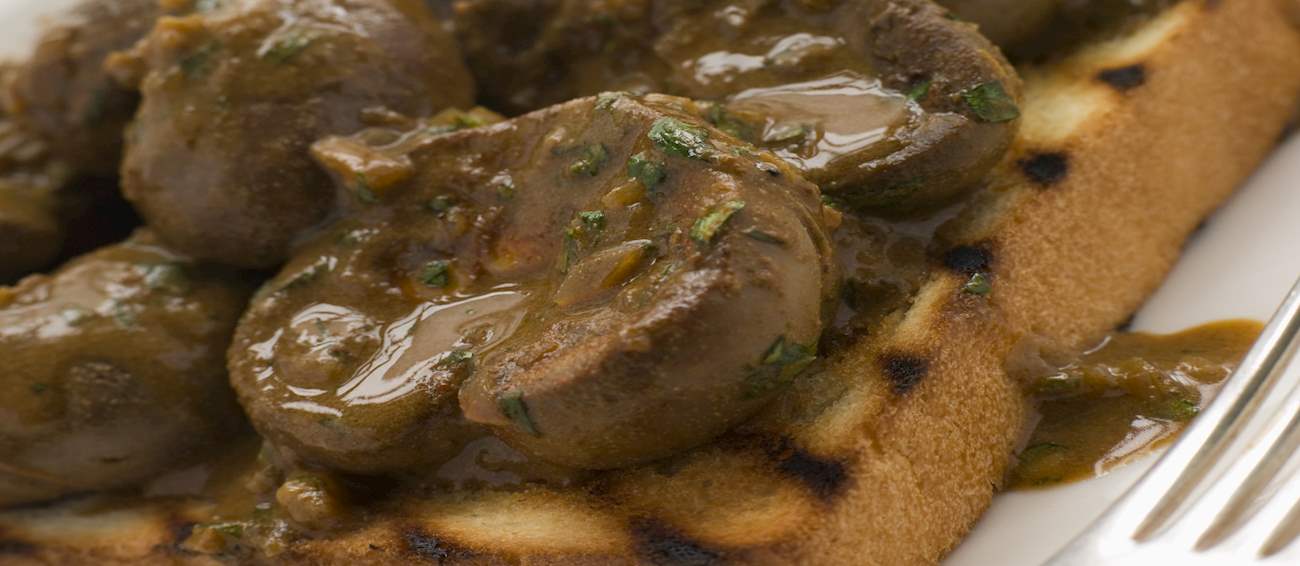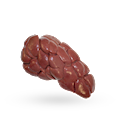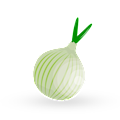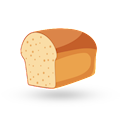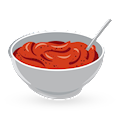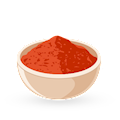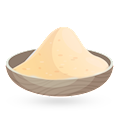What was once a popular Victorian breakfast is nowadays a light lunch or a flavorful appetizer: the dish is called devilled kidneys, made by frying lamb kidneys in a rich, spicy sauce made with vinegar, mustard, Worcestershire sauce, a pinch of cayenne pepper, and sometimes a bit of fruit jelly.
It is usually garnished with freshly chopped parsley and served with fried white or sourdough bread. The dish first appeared during the 18th century, but it grew in popularity during the 19th and the 20th century.
MOST ICONIC Devilled kidneys
View moreTinutuan is Indonesian rice porridge that originated in North Sulawesi in the city of Manado, but it's also often associated with Minahasa. The most common vegetables used in tinutuan include spinach, pumpkin, cassava, and corn, but other vegetables can be used as well.
Due to its liquid consistency, it is served in a bowl, together with salted fish and a spoonful of sambal on top. This savory porridge is originally vegetarian, but on special occasions, meat is sometimes added to the dish. It is commonly served for breakfast, and people usually flock to the stalls in the early morning to get this nutritious breakfast.
MOST ICONIC Tinutuan
View moreSneem black pudding is a traditional, firm, deep red-brown blood pudding made only in the village of Sneem, located in the Iveragh Peninsula in South Kerry, in southwest Ireland. Made with beef suet, onions, oat flakes, spices, and fresh blood collected from local pigs, lambs, and cows, Sneem black pudding is baked in trays instead of being boiled, as black puddings usually are.
The area has a long tradition of home-based black pudding production. They were traditionally made by women, and almost every household had at least one or two animals for their own purposes. Nowadays, the situation has changed, and there are only two producers in the village who still use fresh blood to make the pudding.
MAIN INGREDIENTS
The sweet and savory balaleet is a breakfast dish that can be found in the Arab states of the Persian Gulf. It is typically made with vermicelli, eggs, cardamom, saffron, butter, and water, but it can also include rosewater, nuts, dried fruits, and honey.
The aromatic mixture is topped with an omelet and served hot or cold, usually for breakfast. During the month of Ramadan, however, it is also served for dinner.
This traditional Colombian soup is typically served for breakfast. It consists of boiled water and milk, green onions, coriander, parsley, and an egg that is cracked into the liquid as it cooks. This soup is usually served with arepas or stale bread on the side, because in the past, it was used as a way to make stale bread edible.
Changua is especially beloved in the colder, mountainous parts of Colombia as it is traditionally consumed for breakfast to help the inhabitants warm up and start the day off with a hearty and nourishing meal. Nowadays, it is a popular dish throughout the country, especially on holidays and weekends, after a rough night out, because changua is said to be a great hangover cure.
MAIN INGREDIENTS
Spaghetti on toast is a unique creation consisting of canned spaghetti served on a piece of toast. The dish is regularly served as comfort food in New Zealand, Australia, and the UK, either for breakfast or lunch. It is recommended to top the dish with some grated cheese before serving.
Goetta is a sausage-like patty that is synonymous with Cincinnati, although its roots are steeped in German heritage, due to the influx of German-born immigrants in the 19th century. The sausage is commonly eaten for breakfast, and consists of pork, beef, onions, spices, and unprocessed oats.
Traditionally, it is sliced and fried until golden brown, then served with eggs and ketchup on the side. What was once a humble breakfast is today a hip and glamorous dish that is sometimes even used as a hamburger topping. As further proof of goetta's popularity, there is an annual celebration held since 2004 in the Greater Cincinnati area, called Goettafest, focusing on goetta, music, dancing, and other forms of public entertainment.
MOST ICONIC Goetta
View moreThis traditional Irish bread roll is either round or square in shape and comes in two versions—soft and chewy—both with a flour-dusted top and made exclusively with flour, water, yeast, and salt. The tradition of preparing blaa dates back to the 17th century when the Huguenots came to the city of Waterford.
Nowadays, there are only four bakeries left that still produce this bread roll which was awarded a Protected Geographical Indication status by the European Commission in 2013. Blaa is a standard breakfast staple, usually enjoyed plain or buttered, but it also makes for an excellent midday snack, when it is traditionally accompanied by various fillings and served in a sandwich form.
Kupat tahu is a traditional dish consisting of ketupat (a type of rice cake) and tofu in peanut sauce. The ingredients usually include rice cakes, tofu, bean sprouts, chili peppers, peanuts, garlic, brown sugar, water, and kecap manis soy sauce.
The tofu is fried until golden brown, the bean sprouts are blanched, and the peanuts are fried, then combined with garlic, chili peppers, and water in order to create the peanut sauce, which is additionally mixed with brown sugar. The rice cakes, fried tofu, and bean sprouts are topped with the peanut sauce, and the dish is then drizzled with sweet soy sauce.
If desired, kupat tahu can be enriched with lime juice and garnished with shrimp crackers. This dish is traditionally served for breakfast.
MAIN INGREDIENTS
Beans on toast is a classic, straightforward dish often associated with British cuisine but enjoyed worldwide. It comprises two main ingredients: baked beans and bread toasted to perfection. The baked beans, typically navy beans in a mildly sweet tomato sauce, are heated and then poured over slices of crisp toast.
While simplicity defines the standard presentation, variations abound, allowing for the addition of cheese, eggs, or other condiments. Celebrated for its comfort food qualities, ease of preparation, and affordability, beans on toast is cherished as a meal at any time of the day, be it a hearty breakfast, a quick lunch, or a cozy dinner.
TasteAtlas food rankings are based on the ratings of the TasteAtlas audience, with a series of mechanisms that recognize real users and that ignore bot, nationalist or local patriotic ratings, and give additional value to the ratings of users that the system recognizes as knowledgeable. For the “100 Worst Rated Breakfasts in the World” list until March 26, 2025, 40,600 ratings were recorded, of which 23,479 were recognized by the system as legitimate. TasteAtlas Rankings should not be seen as the final global conclusion about food. Their purpose is to promote excellent local foods, instill pride in traditional dishes, and arouse curiosity about dishes you haven’t tried.
